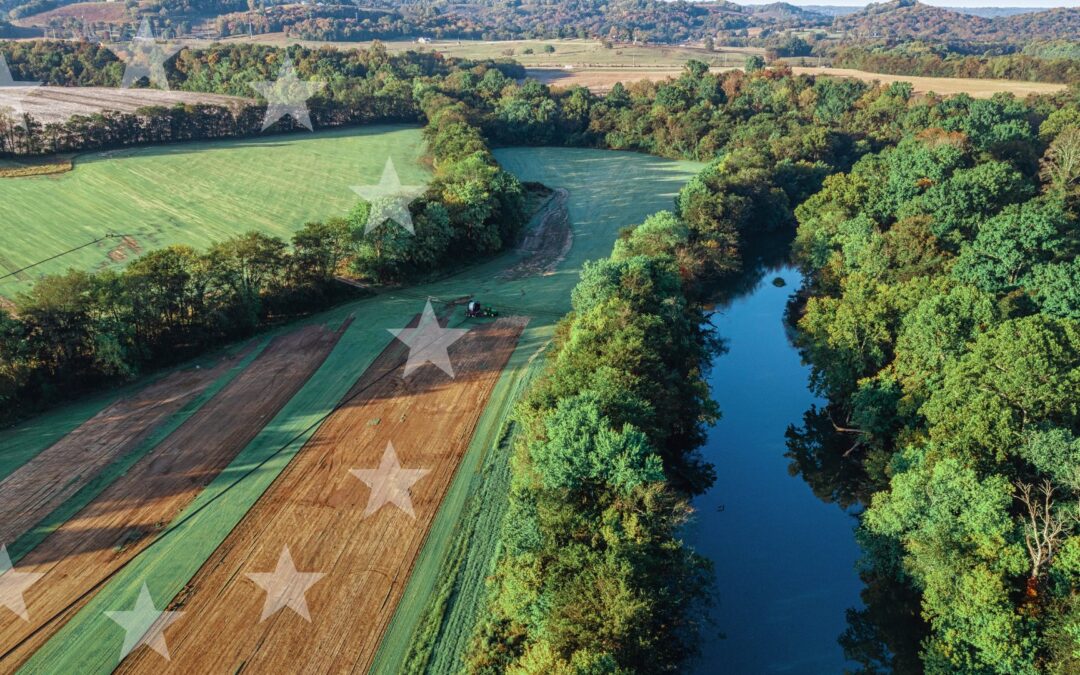As the EU Deforestation Regulation (EUDR) enters its final implementation phase, announcements from the European Commission have provided updated country risk classification, reporting requirements, and compliance timelines. These updates offer supply chain actors a more defined roadmap to ensure alignment with one of the most ambitious sustainability regulations in global trade.
Country Risk Classification Now Defined
On May 22, 2025, the European Commission officially adopted its first country risk classifications. Countries are now categorized as low-, standard-, or high-risk, with direct implications for how much due diligence companies must perform on products originating from those areas.
- Low-risk countries face 1% sampling by EU authorities.
- Standard-risk: 3% sampling.
- High-risk: 9% sampling.
Only a small number of countries have been classified as high-risk. Most major exporting and importing nations relevant to global agri-commodities—such as Brazil, Indonesia, and the United States—are classified as standard- or low-risk. The European Union’s Risk Assessment is ongoing, and the most recent high- and low-risk classifications by country can be found in the Annexure published on the EU Commission’s official site as well as the methodology used for the benchmarking system. According to their clarification document published on May 22, 2025, (1) The countries that present a low, or high risk, shall be those listed in the Annex. (2) A standard level shall be maintained for all countries not listed in the Annex.
Sources:
European Commission Risk Classification
European Commission Benchmarking Rules
Implementation Deadlines & Reporting Format Updated
To improve manageability and reduce administrative complexity, the Commission also updated the reporting format in April 2025. Notably:
- Annual Due Diligence Statements will replace per-shipment reporting.
- The enforcement date remains:
- December 30, 2025 for large companies
- June 30, 2026 for SMEs
This simplified reporting model is designed to maintain data integrity while reducing the excessive administrative burden across importers, traders, and supply chain partners.
Source:
EU Commission – Press Release on April 14, 2025
Regulatory Refinements Under Consideration
The EU has launched a public consultation to gather feedback on simplifying and harmonizing environmental regulations, including the EUDR. The consultation seeks input on how to reduce compliance complexity and improve consistency across existing ESG-related laws.
- Open until September 10, 2025
- Covers EUDR, CSRD, and other environmental rules
- May lead to streamlined regulatory frameworks in Fall 2025
Readiness Gap Remains a Concern
While frameworks are now clearer, industry experts warn that many supply chains are still underprepared. A 2025 industry report published by Forbes found:
- Only 30% of upstream producers have traceability systems in place.
- Downstream actors—such as traders, cooperatives, and manufacturers—have an even lower readiness level.
Companies will need to accelerate investments in geolocation data, land use validation, and batch-level documentation to ensure compliance.
Source:
KEY MILESTONES AHEAD
| Date | Event |
|---|---|
| Dec 30, 2025 | EUDR enforcement begins for large/medium enterprises |
| June 30, 2026 | SMEs compliance deadline |
| Sept 10, 2025 | EU consultation period closes |
WHAT COMPANIES SHOULD DO NOW
- Understand Supplier Origins: Determine which country-risk classification applies to each origin point in your supply chain.
- Prepare Required Reporting: Align internal documentation and traceability systems to support simplified due diligence statements.
- Focus on Traceability Tech: Ensure your systems can record and validate plot-level geolocation data for all in-scope products.
- Engage in the Consultation: Stakeholders are encouraged to participate in shaping long-term improvements to the Regulation.
- Work With Partners: EUDR compliance is not a solo effort—collaborate across suppliers, traders, cooperatives, and tech partners to build a cohesive response.
Final Thoughts from Verdethos
At Verdethos, we believe that compliance with the EUDR is a commercial opportunity—for companies that lead with technology. With clear risk classifications, streamlined reporting, and a fast-approaching deadline, now is the time to build resilient, transparent, and collaborative supply chains. Our platform is purpose-built to help companies simplify due diligence, manage risk, and turn regulatory demands into competitive advantage.
If you’re ready to accelerate your EUDR strategy, contact us to learn how Verdethos can help.

